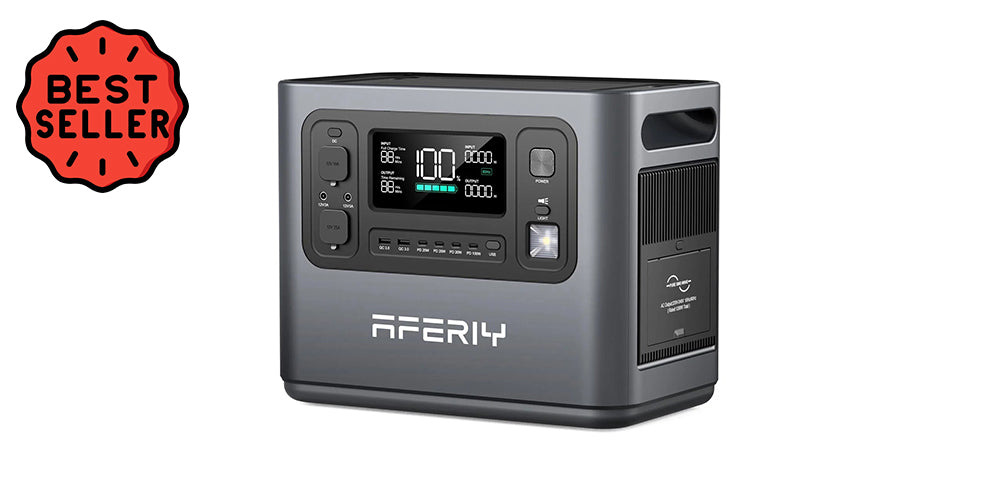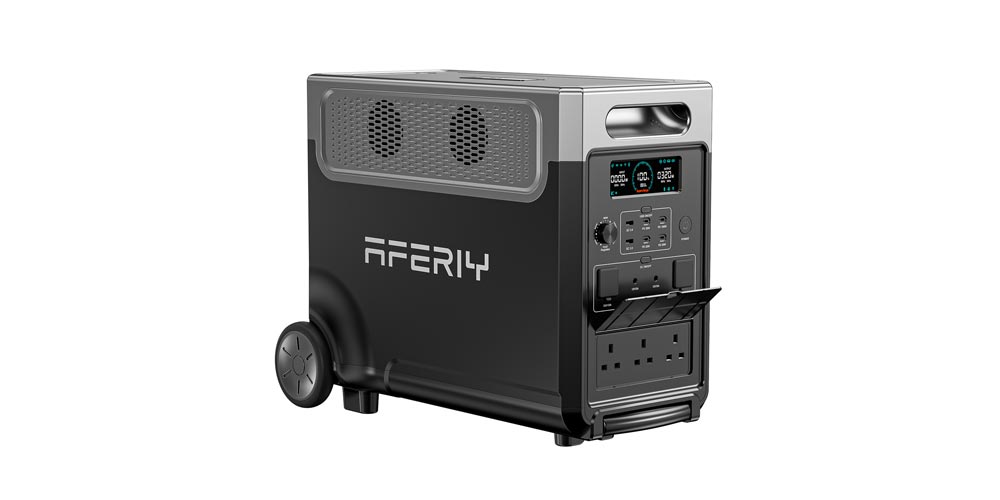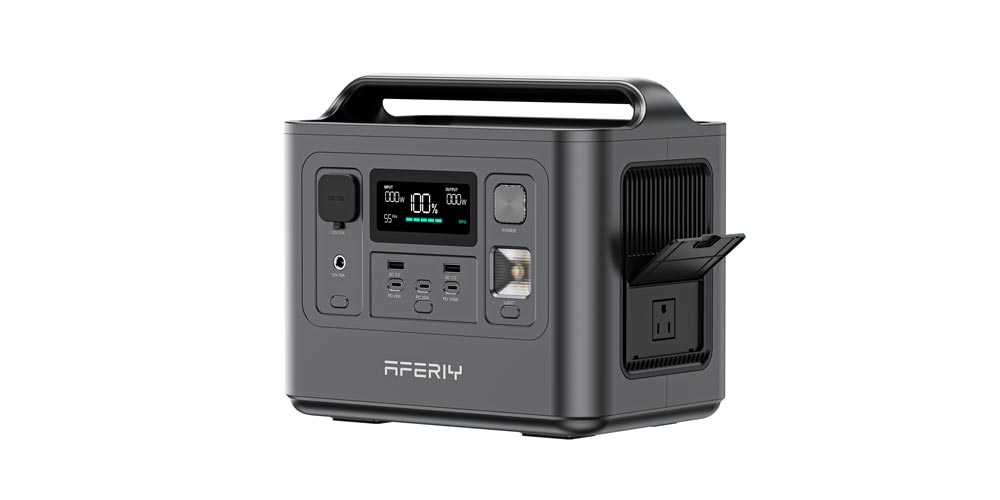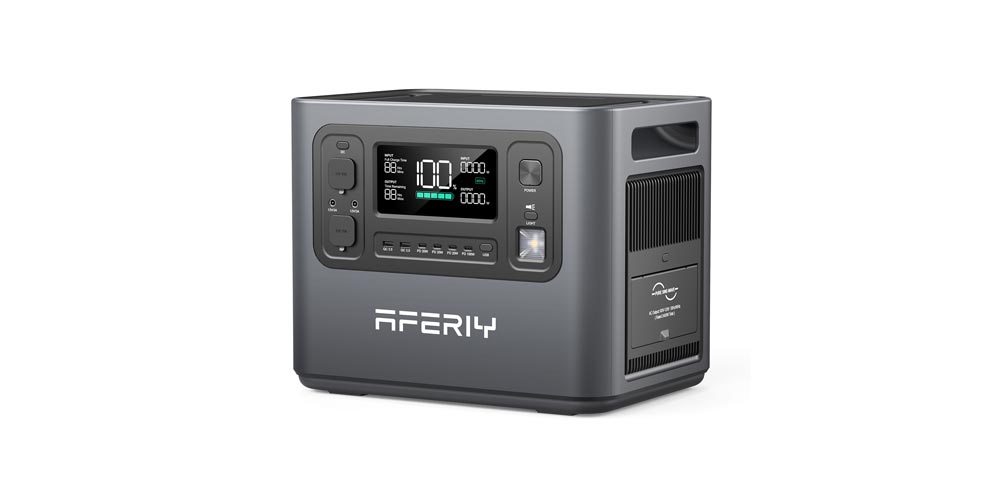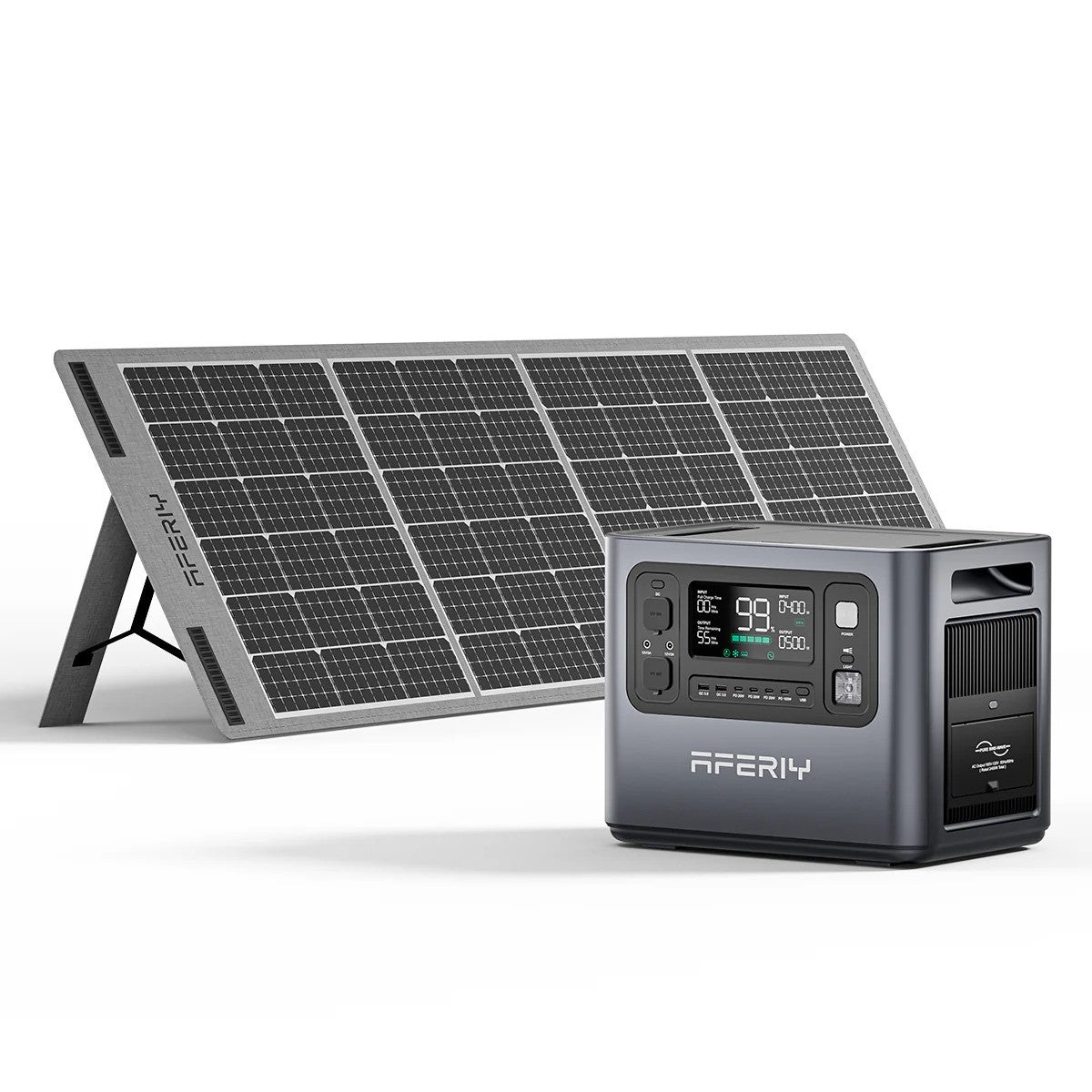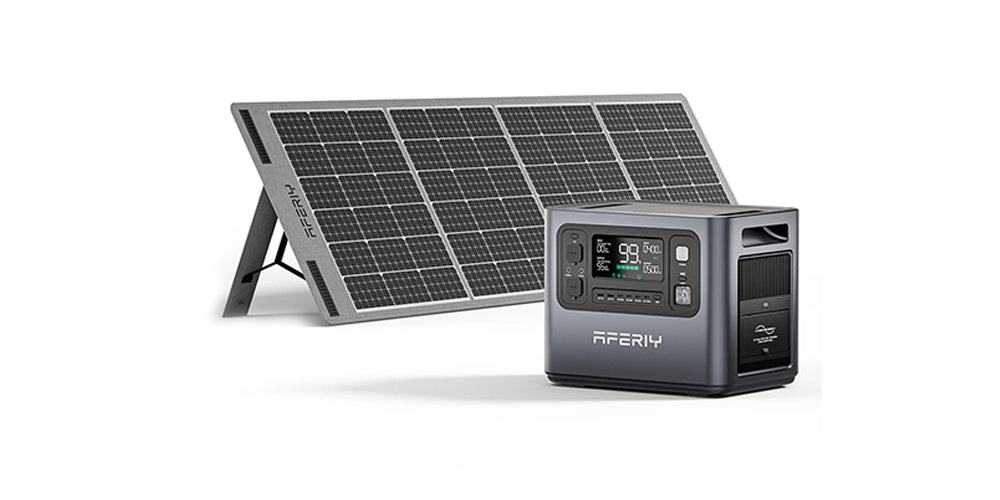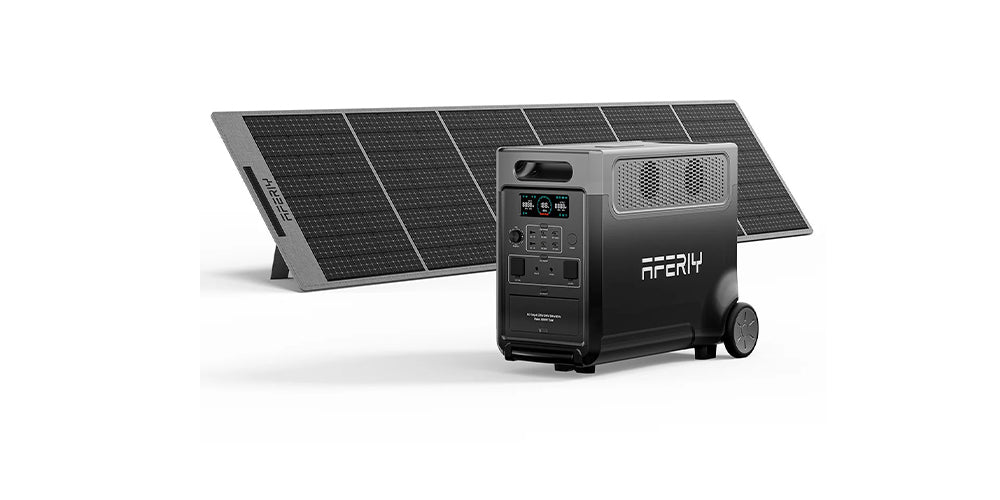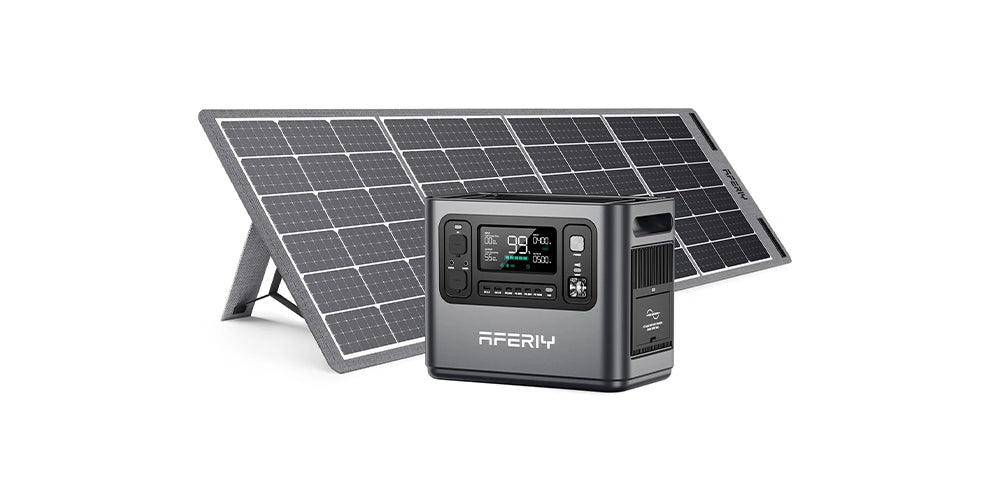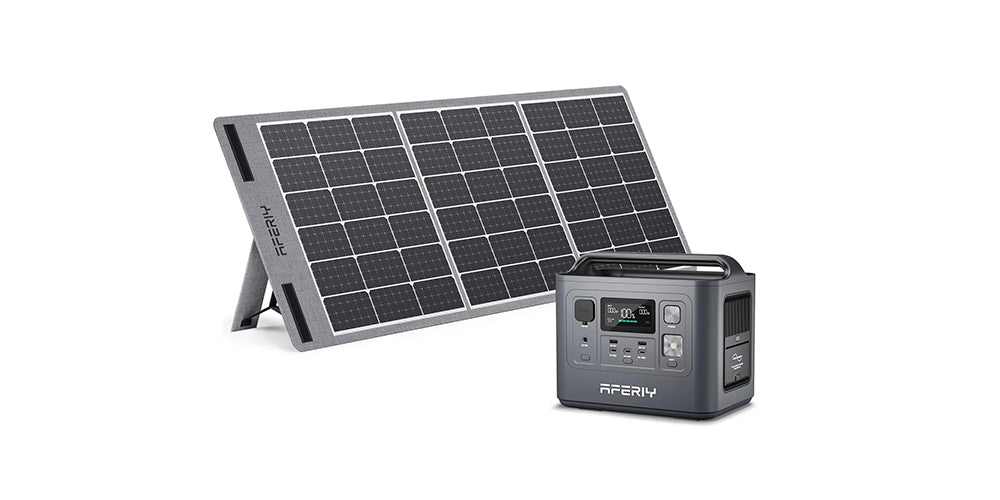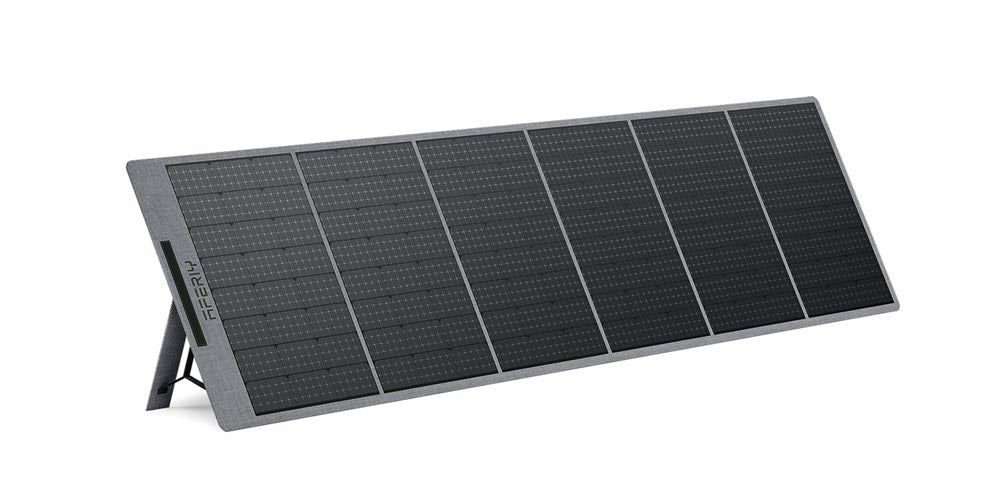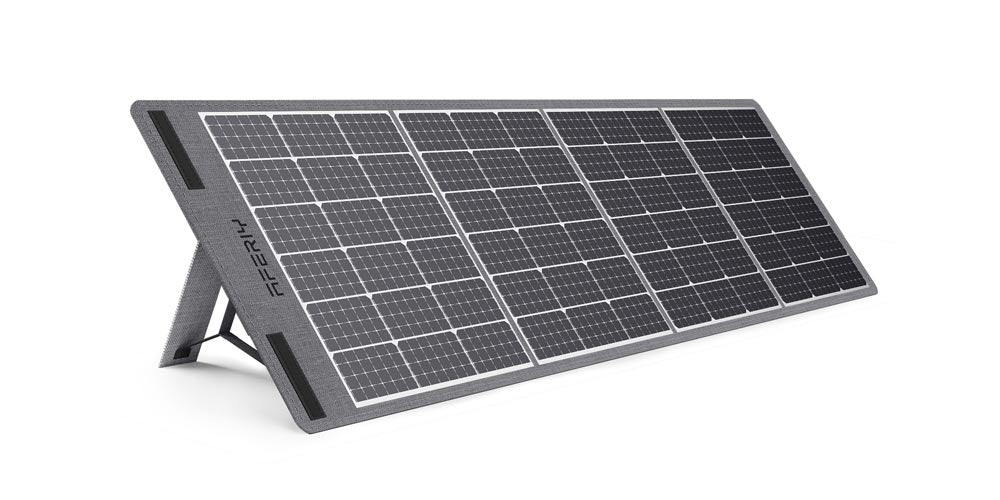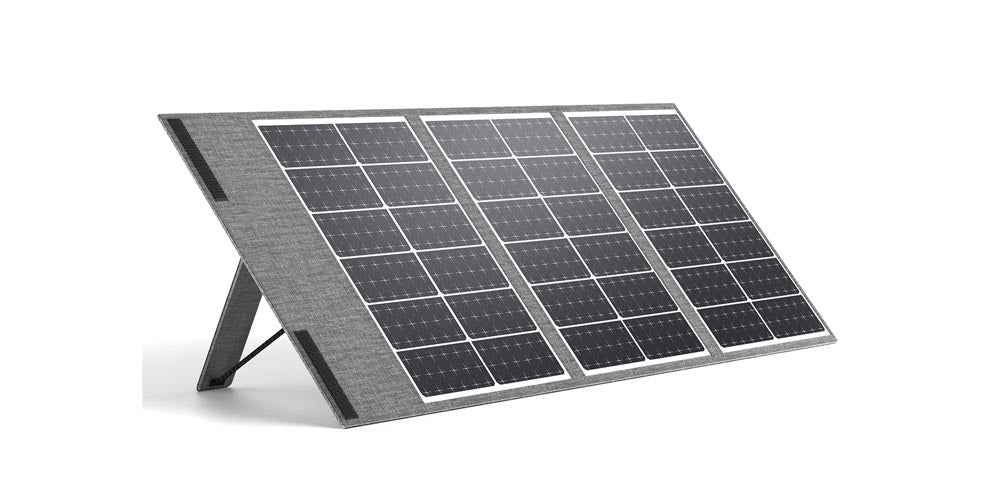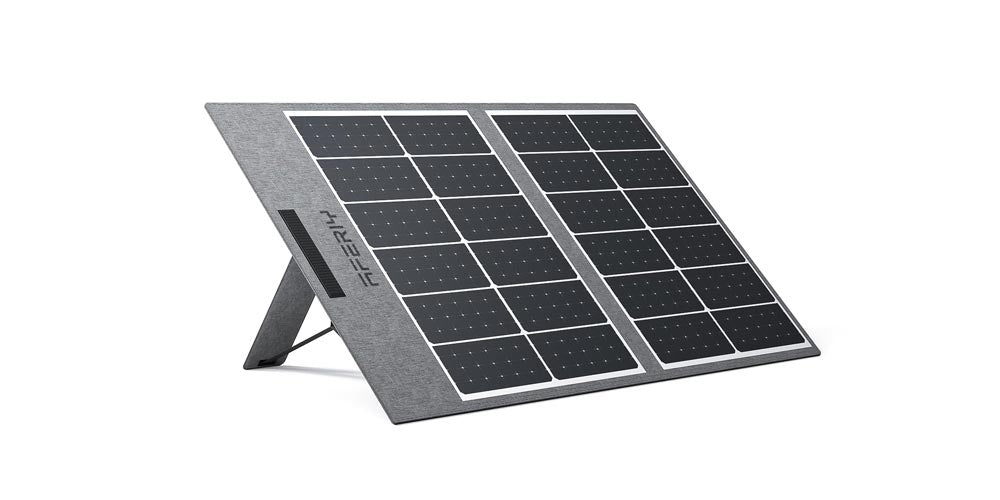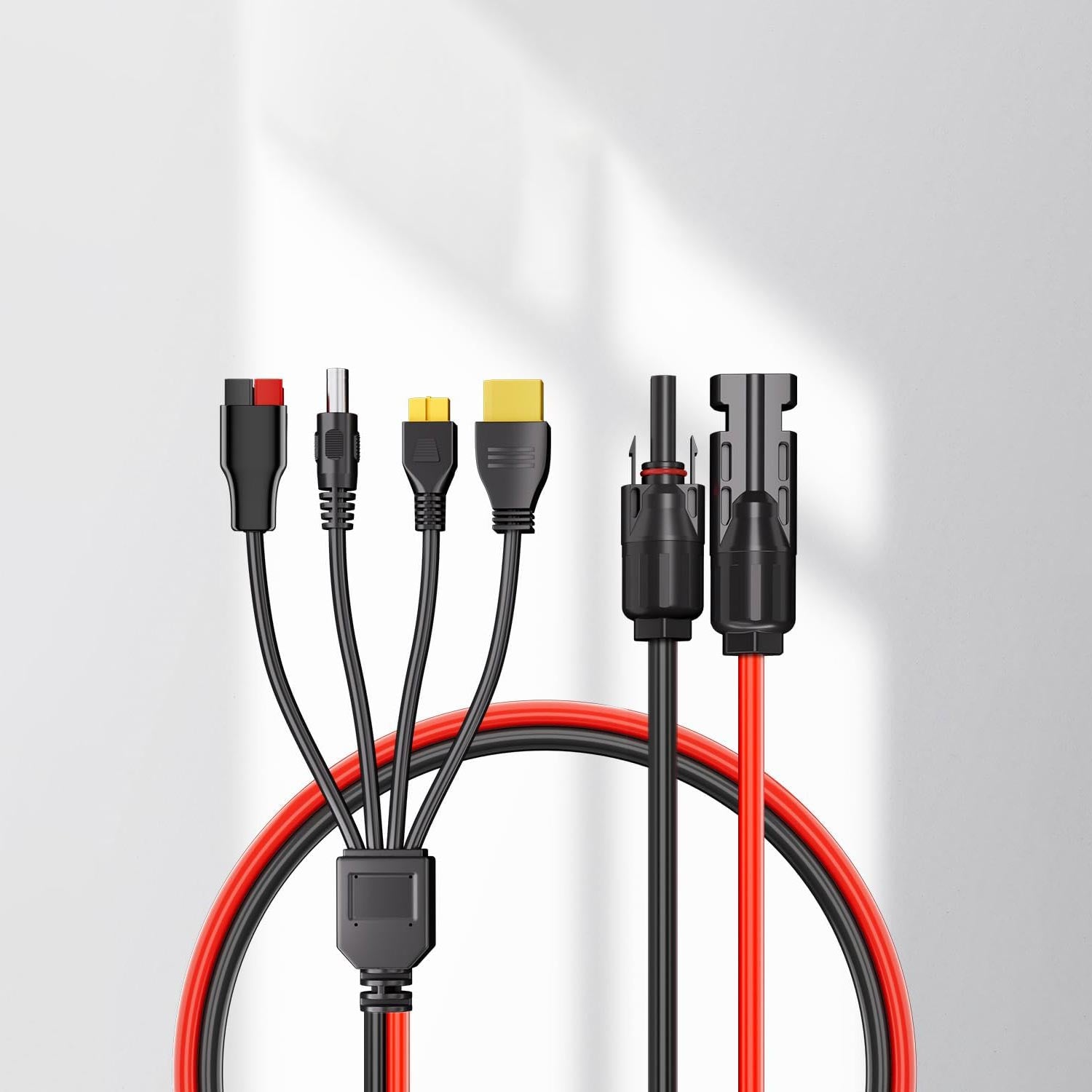What is the best campervan battery?
For vanlife enthusiasts and motorhome travellers, energy autonomy is one of the key elements of onboard comfort. Whether you're heading out for a weekend getaway or a full European road trip, choosing the right power solution for your campervan is essential. It directly impacts your ability to cook, light your space, charge your devices, and operate your electrical equipment.
So what is the best leisure battery for a campervan? Should you go for a gel battery, a slow-discharge model, or opt for a modern lithium battery? And why are so many travellers now turning to portable power stations like those from AFERIY? Here’s everything you need to know.
What Is a Campervan Battery?
A campervan or leisure battery (also called a "habitation battery") is a secondary energy source used to power the living equipment in your vehicle: lighting, water pump, fridge, heating, USB or 230V sockets, and more.
It is different from the starter battery, which only starts the engine. A leisure battery is designed to release electricity steadily over a longer period — what we call a deep discharge. This is what allows you to enjoy energy independence even when you’re not connected to mains power.
Campervan Battery vs Car Battery: What's the Difference?
A common mistake among new campervan owners is trying to use the vehicle’s starter battery to run lights, fridges, or other onboard devices. However, starter batteries are not designed for this type of use and can quickly degrade when discharged deeply.
A car battery delivers a high burst of current for a short time to start the engine. It cannot handle deep discharges and will quickly degrade if used as a leisure battery.
On the other hand, campervan batteries (often deep cycle batteries) are designed to provide a steady flow of power over several hours or days. They can be recharged via the engine, the mains, or increasingly, a 200W or 400W solar panel.
In short: The starter battery starts your vehicle, the leisure battery powers your life on the road.
How to Choose the Right Battery or Power Station for Your Van
Here are the main criteria to consider:
1. Capacity (Ah or Wh)
Battery capacity is usually expressed in amp-hours (Ah), but some modern devices like a portable power station use watt-hours (Wh).
Ah (amp-hours): Measures available current, not considering voltage.
Wh (watt-hours): Total energy, factoring in voltage. More useful for practical autonomy comparisons.
Conversion:
Wh = Ah × Voltage (V)
For a 12V battery:
100Ah = 1,200Wh
200Ah = 2,400Wh
This means a 200Ah battery can theoretically power a 100W appliance for 24 hours. Portable power stations make this even easier with built-in screens showing remaining capacity.
2. Battery Type
AGM Battery: Maintenance-free, sealed, decent lifespan, but heavy.
Gel Battery: Resistant to deep discharges, more expensive but reliable.
Lithium Battery (LiFePO4): Lightweight, long-lasting, fast charging, and deep discharge capable. Higher upfront cost but pays off over time.
3. Your Energy Usage
Evaluate your needs: how many hours per day do you use lighting, refrigeration, heating, chargers? If you travel off-grid often, go for a high-capacity lithium battery or a portable power station combined with a 400W or 200W solar panel.
4. Size and Weight
In a campervan, every kilo matters. Lithium batteries are 2–3 times lighter than lead-acid batteries with equivalent capacity. This is a big plus for smaller vans.
Why LiFePO4 Batteries Are Perfect for Campervans
LiFePO4 (Lithium Iron Phosphate) batteries are now the top choice for off-grid travellers. Here’s why:
Up to 70% lighter than AGM batteries
Up to 5,000 cycles lifespa
Excellent thermal stability and no overheating
Fast charging: 2–3x faster than traditional batteries
Deep discharge: Can be safely used down to 10% capacity
Though they cost more initially, LiFePO4 batteries last up to 10 times longer than lead-acid models, making them a smart long-term investment.
AFERIY: Portable Power Station Designed for Travel
AFERIY stands out in the campervan energy market with its robust, plug-and-play portable power stations featuring advanced LiFePO4 technology. These all-in-one units are ideal for those seeking energy independence without the need for complex installations.
Why choose AFERIY?
Long-lasting LiFePO4 battery cells
Compact yet powerful formats for small spaces
Ready to use — no electrician needed
Compatible with foldable 200W or 400W solar panels
Smart display for usage and battery stats
Built-in BMS for maximum safety
Whether you’re in a campervan, 4x4, or converted van, AFERIY’s portable solar power stations provide reliable energy wherever your journey takes you.
Available models:
AFERIY P040: 256Wh
AFERIY P010: 512Wh
AFERIY P110‑D: 960Wh
AFERIY P210: 2,048Wh
AFERIY P310: 3,840Wh (expandable to 11,520Wh)
Conclusion
The best campervan battery or portable power station depends on your travel style and energy needs. Occasional users may be fine with a gel battery. But for long trips and full off-grid freedom, lithium options — especially portable power stations with 200W or 400W solar panels — offer unbeatable performance and lifespan.
Choosing the right solution means travelling with peace of mind, enjoying every stop in nature, and embracing the vanlife with full energy independence.

